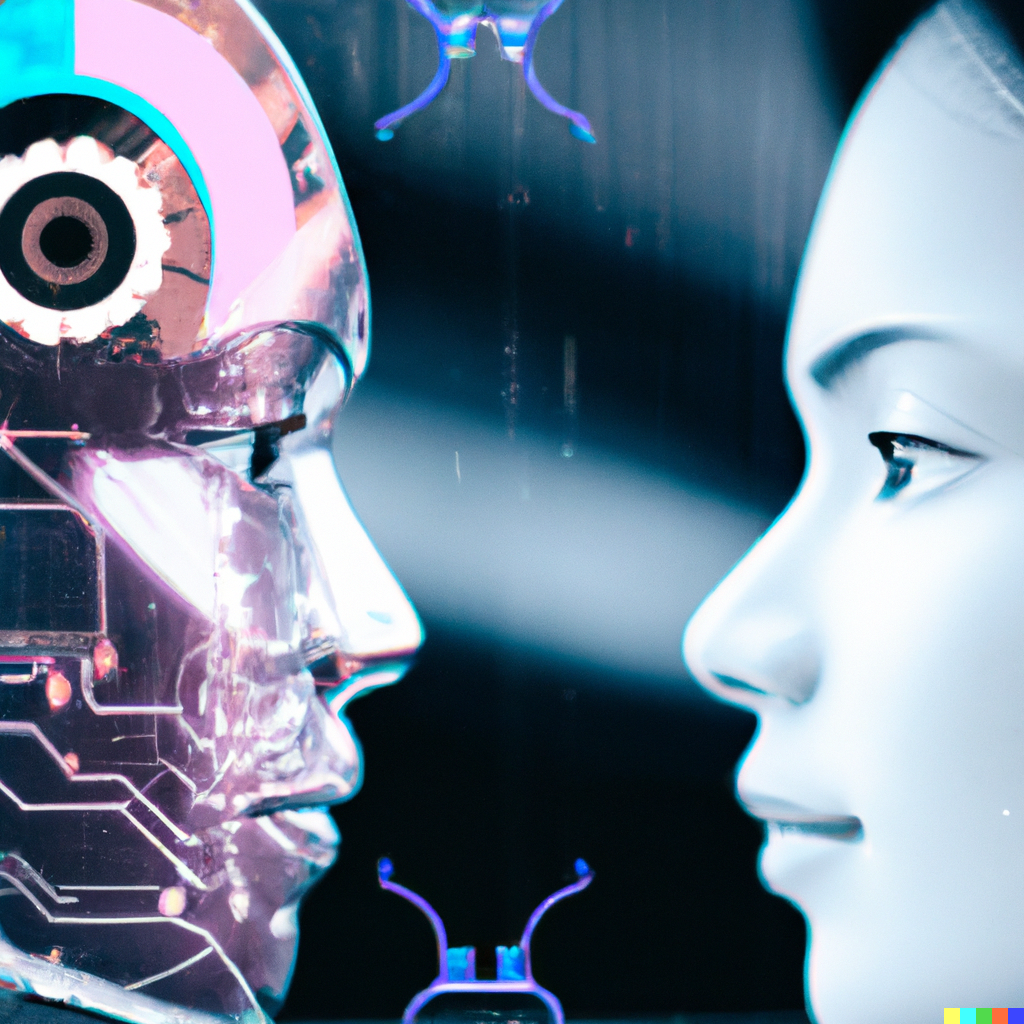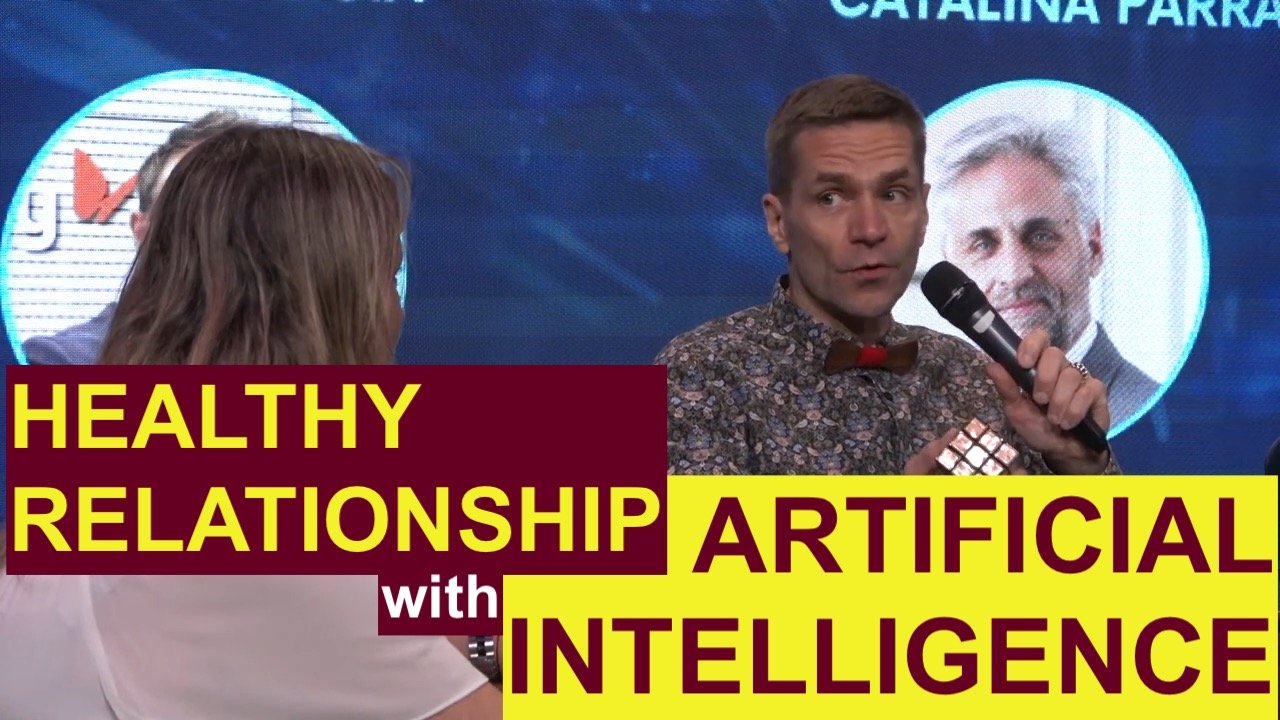Hybrid vs Human Artificial Intelligence

To Expand or Unite Man-Machine Co-Evolution
Both terms 'human artificial intelligence' (HAI) proposed by Agnis Stibe and 'hybrid intelligence' used in similar contexts refer to the integration of human and artificial intelligence. However, there are some differences between them in terms of their focus and scope.
Stibe's term HAI emphasizes the role of humans in shaping and directing the use of artificial intelligence. He believes that humans should be in control of AI and that the integration of human and artificial intelligence should be designed to enhance human abilities and decision-making rather than replace them. Thus, the term HAI highlights the importance of human agency and autonomy in the development and use of AI.
On the other hand, the term 'hybrid intelligence' emphasizes the complementary nature of human and artificial intelligence, highlighting the idea that humans and machines can work together to achieve better results than either could achieve alone. This term is often used in the context of AI systems that incorporate human feedback or decision-making, or that are designed to work in collaboration with human operators.
The HAI approach emphasizes the importance of placing humans in control of artificial intelligence (AI) in order to enhance human abilities and decision-making rather than replace them. By prioritizing human agency and autonomy, the HAI approach can help accelerate the pace of human evolution on the current trajectory of rapid man-machine co-evolution in several ways:
Enhancing human creativity and innovation. The integration of AI and human expertise can lead to the development of new and innovative solutions to complex problems, allowing humans to expand their creative abilities and push the boundaries of what is possible.
Improving decision-making. By incorporating AI insights and data analysis into decision-making processes, humans can make more informed and effective decisions, leading to improved outcomes in a variety of domains.
Augmenting human capabilities. AI-powered tools and technologies can enhance human capabilities in areas such as perception, cognition, and communication, allowing individuals to perform tasks more efficiently and effectively.
Supporting lifelong learning. AI-powered educational tools can provide personalized learning experiences that adapt to the individual needs and preferences of learners, allowing individuals to acquire new skills and knowledge more effectively throughout their lives.
Promoting human wellbeing. By prioritizing human agency and autonomy in the development and use of AI, the HAI approach can promote human wellbeing and support a more sustainable and equitable future for all.
Overall, the HAI approach can help accelerate the pace of human evolution on the current trajectory of rapid man-machine co-evolution by enhancing human creativity, improving decision-making, augmenting human capabilities, supporting lifelong learning, and promoting human wellbeing.




